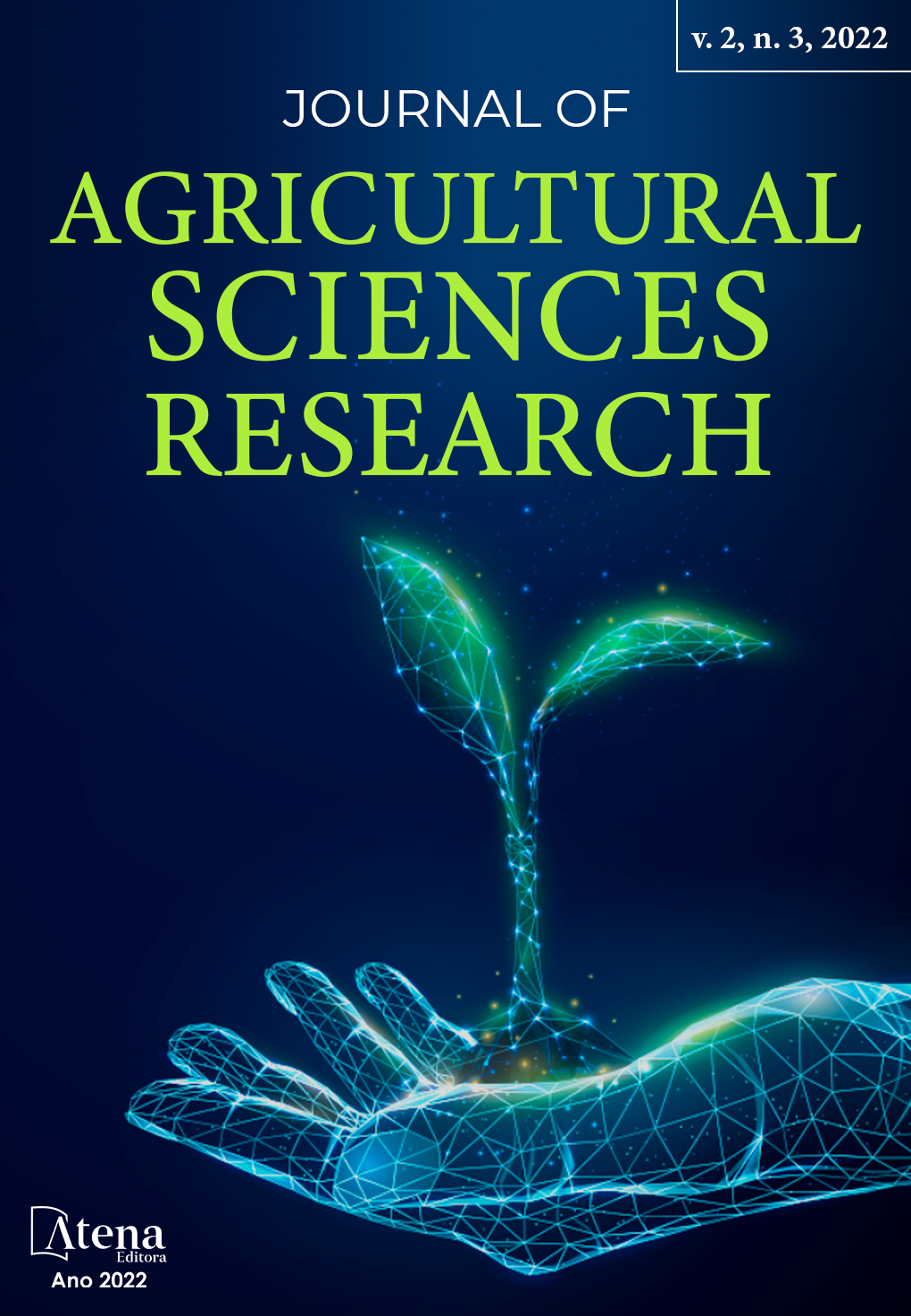
ASSESSMENT OF THERMAL COMFORT IN CALF BARN: USE OF INFRARED THERMOGRAPHY
The objective was to evaluate the
thermal comfort of Holstein calves, in masonry
calf barn, individually, by obtaining the body
surface temperature obtained by the infrared
thermography technique. Data collection took
place during the month of October 2021, at
1 pm. Thermographic images were obtained
at a distance of 1.5 m from the animal (head
and side). Local climatic conditions were
recorded and the indices of temperature and
humidity (THI) and black globe temperature
and humidity (BGHI) were estimated in the
external environment and inside the pens
(calf barn) (THIsun 79.76±0.33 and THIpen
80.93±0.18; BGHIsun 84.73±0.49 and
BGHIpen 84.28±0.21). The calves were kept
confined in an individual masonry stall (two
animal per each), with a fiber cement tile roof
covering. On the sides of the pen, the walls are
1.5 m high, reaching up to the right foot (2.2
m). According to the thermographic images,
the thermal exchange between the animal
and the environment of the stall proved to
be inefficient, as it was found that the average
temperature of the body surface (side) of the
calves was 37.26°C and that of the head was
33°C. Inside each pen, on the underside of
the tile, thermographic images indicated an
average temperature of 55.38°C. According to
the estimated THI, the environment is alert
for the animal category. The body surface
temperature of the calves is influenced by the
radiation from the tiles that cover the stalls.
The values of THI and BGHI demonstrate
that the microclimate of the pen is superior to
the condition of the external environment. It
was concluded that the installation where the
calves are kept, promotes heating on the body
surface, in addition to resistance to the loss
of this heat. Thermographic image proved to
be effective in the assessment of the thermal
comfort of Holstein calves, pointing out the
flaws in the physical environment.
ASSESSMENT OF THERMAL COMFORT IN CALF BARN: USE OF INFRARED THERMOGRAPHY
-
DOI: 10.22533/at.ed.973232218047
-
Palavras-chave: heat stress, thermographic imaging, heat exchange
-
Keywords: heat stress, thermographic imaging, heat exchange
-
Abstract:
The objective was to evaluate the
thermal comfort of Holstein calves, in masonry
calf barn, individually, by obtaining the body
surface temperature obtained by the infrared
thermography technique. Data collection took
place during the month of October 2021, at
1 pm. Thermographic images were obtained
at a distance of 1.5 m from the animal (head
and side). Local climatic conditions were
recorded and the indices of temperature and
humidity (THI) and black globe temperature
and humidity (BGHI) were estimated in the
external environment and inside the pens
(calf barn) (THIsun 79.76±0.33 and THIpen
80.93±0.18; BGHIsun 84.73±0.49 and
BGHIpen 84.28±0.21). The calves were kept
confined in an individual masonry stall (two
animal per each), with a fiber cement tile roof
covering. On the sides of the pen, the walls are
1.5 m high, reaching up to the right foot (2.2
m). According to the thermographic images,
the thermal exchange between the animal
and the environment of the stall proved to
be inefficient, as it was found that the average
temperature of the body surface (side) of the
calves was 37.26°C and that of the head was
33°C. Inside each pen, on the underside of
the tile, thermographic images indicated an
average temperature of 55.38°C. According to
the estimated THI, the environment is alert
for the animal category. The body surface
temperature of the calves is influenced by the
radiation from the tiles that cover the stalls.
The values of THI and BGHI demonstrate
that the microclimate of the pen is superior to
the condition of the external environment. It
was concluded that the installation where the
calves are kept, promotes heating on the body
surface, in addition to resistance to the loss
of this heat. Thermographic image proved to
be effective in the assessment of the thermal
comfort of Holstein calves, pointing out the
flaws in the physical environment. -
Número de páginas: 14
- Gabriel Mauricio Peruca de Melo
- Wanderley José de Melo
- Paulo Henrique Moura Dian
- Caroline Fernanda Franco Lima
- Angelo Rodney da Rocha Coelho
- Nataly Danaga
- LIANDRA MARIA ABAKER BERTIPAGLIA


